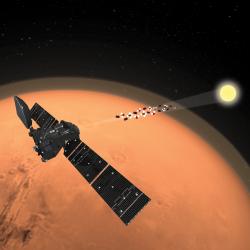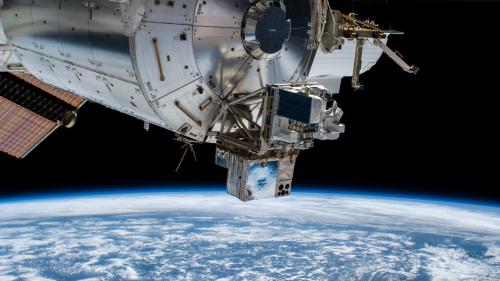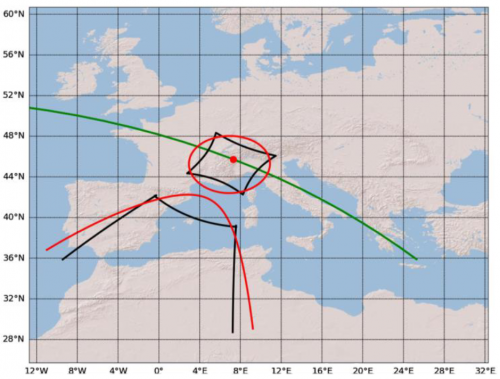In December 2021, the mission of the Atmosphere-Space Interactions Monitor (ASIM) on board the International Space Station (ISS) was planned to end. The instrument had to give up its location outside the Columbus module to another payload. Thanks to the outstanding science in catching upper-atmosphere electrical discharges such as red sprites or blue jets, ESA agreed to relocate the payload instead of removing and trashing it. The nadir-viewing payload transformed into a limb-viewing one on January 10, 2022, producing new science. On April 15, 2024, ASIM will return to its original position.
ASIM’s mission
ASIM is a 314kg external payload outside the ISS, developed by the European Space Agency to study the Transient Luminous Events and Terrestrial Gamma-ray Flashes occurring in the upper atmosphere on top of thunderstorms. The payload ASIM was installed on the outside of the Columbus module in April 2018 and includes optical sensors and X- and gamma-ray detectors.
ASIM is operated by the Belgian User Support and Operations Centre (B.USOC) that also takes care of the general coordination in the ISS ecosystem, carries out the requests from the science team, and transfers the ASIM data to the Science Data Centre in Denmark for post-processing and data distribution.
Since the start of the mission, ASIM is delivering a plethora of data resulting in nearly 40 articles in peer-reviewed journals, of which three in the prestigious Science and Nature journals. Originally designed as an Earth-viewing instrument, ASIM turned into a limb-viewing instrument after being moved to another external location in January 2022, as a NASA payload had to be installed on the original ASIM location. This opened new science opportunities and ASIM continued to provide excellent science return.
Back to the roots: ASIM reclaims its original position
Although initially foreseen as a 2-year mission, the outstanding performance of the ASIM payload and its instruments resulted in a mission extension of 5 years. With the NASA payload mission completed, the opportunity arises for ASIM to move back to its original location and to resume its primary science mission.
On April 12, 2024, ASIM will transform again to a nadir-looking instrument. After a brief instrument checkout, nominal operations are planned to be resumed shortly after. This makes ASIM the first external payload on Columbus being relocated twice, with promising science results in both configurations.
Reference
ASIM website, including links to the Science and Nature publications
Credit: ESA/NASA



